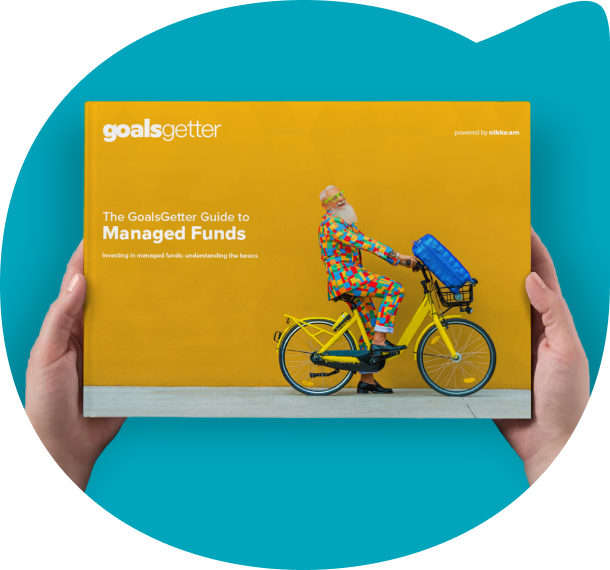Fergus McDonald Head of Bonds and Currency
22 Dec 2020
Jumping the paradox
An economic outlook for 2021 and beyond
2020 was a year of fear, anxiety, uncertainty and global economic defibrillation. And yet for investors and owners of assets – from art, to gold to property – it was also one of growth, prosperity and increasing confidence. This asset price pop should not have come as a surprise to anyone following our commentary through 2020, however the wider reaction has been one of disbelief.
New Zealand is still by any rational prognosis in a slump, but a far shallower one than many expected. The economy had been forecast to contract by 5.5 per cent in 2020 and only recover to edge past its pre-COVID size by mid to late 2022. The latest data released shows the economy has already recovered from the severe contraction in the first half of 2020 - however industries that have previously been the lynchpins of our economy, such as tourism and hospitality, will continue to require support and stimulus throughout 2021 and possibly beyond. So how can we explain the paradox of asset growth within a still-contracted economy? And is confidence merely illusionary or genuinely sustainable?
Confidence comes as a consequence of global economic stimulus measures, which have made money both cheap and plentiful. In this regard, nowhere is a sign of changed times more evident than in Greece, where back in 2012 the yield on five-year bonds was greater than 60 per cent. Today these five-year bonds yield just 0.04 per cent and the yield on two-year bonds has slipped into negative.
While confidence from low interest rates inspires consumer activity, as currently evidenced here in the residential property market (more on this later), the major beneficiaries are actually governments’ balance books. Here in New Zealand, although our debt burden is forecast to rise from around 20 per cent to 50 per cent of GDP, the nation’s interest bill will soon be significantly lower as high cost debt is replaced by low cost debt.
When a tranche of $11billion government bonds paying a six per cent coupon mature in May 2021, they will likely be refinanced at around one per cent, creating an annual saving of $550million. With a further $700million annual saving forecast for 2023 on the maturation of $15.7billion worth of bonds currently paying a 5.5 per cent coupon rate, the Government continues to borrow to support the economy, confident in the knowledge that it can afford to do so. And this confidence echoes beyond the Beehive.
Before we get to the topic du jour, our “out of control” housing market, it’s worth suggesting that those advocating that asset prices across the board may have already run their race take note of history. Since the early 1940s the average US bull market in equities saw a gain of 151 per cent over 52 months, while the average bear market would be characterised by a 32 per cent fall over 11 months. To put this another way, bull markets go about five times further and five times longer, so we’re unlikely to have scaled any peaks just yet.
And so to the housing market we go, where the increased buying power afforded by low interest rates and constrained supply are collectively fueling price rises. Short term interest rates are not about to rise anytime soon, so without a heavy-handed regulatory response, it’s hard to see this trend reversing until supply more evenly matches demand.
Incidentally, the dominant market influence of supply meeting demand is there for all to see even amidst the current housing boom, as house prices in Christchurch remain more stable than elsewhere in the country on the back of its large post-earthquake residential build programme.
Increasing supply has wider benefit beyond the purely economic, but as we get used to the seasonal media focus on house prices, it’s worth noting that rising prices are better for the economy than falling ones. The impact of the housing market touches numerous parts of the economy and, for many, a house is a family’s largest asset. In today’s weakened economic environment and vulnerable jobs market, it would be devastating if a family’s largest asset quickly was to become their largest liability and source of further anxiety.
As it is, generally speaking we can head into 2021 with a lightness of step and confidence that makes us the envy of many around the globe. This Christmas we will, touch wood, travel around the country in our droves, supporting local businesses of all kinds, giving further stimulus and hope of an economic revival. But how long this euphoria lasts and what the new drivers of growth will be in 2021 and beyond are questions still without satisfactory answers.
Productivity growth has always been elusive in New Zealand, and with previous drivers of economic growth such as migration, international students, cruise ship arrivals and tourism unlikely to re-emerge as a force in 2021, it would be unwise to rely on this occurring in the near term. Agriculture and horticulture are both promising, and the technology sector has been touted as the next big thing, but without a new major driver of growth, and the very real possibility of a net outflow of Kiwis once international travel bubbles emerge and the vaccine comes into play, there’s no guarantee that our economic reality will match our ambition.
Leveraging New Zealand’s exposure to fast growing economies such as China remains an important economic recovery strategy. But our greatest hope for emerging successfully from this period of ‘confident slump’ is that the low and plentiful cash stimulates risk taking and productive investment activities throughout the economy, jumping the paradox and propelling New Zealand into its next phase of prosperity.
For more information about Nikko Asset Management and to access its investment insights, please visit the firm’s homepage.
.jpg?width=754&name=iStock-1171268236%20(1).jpg)




